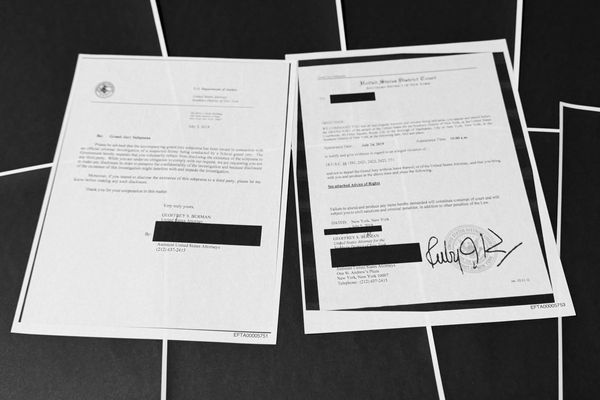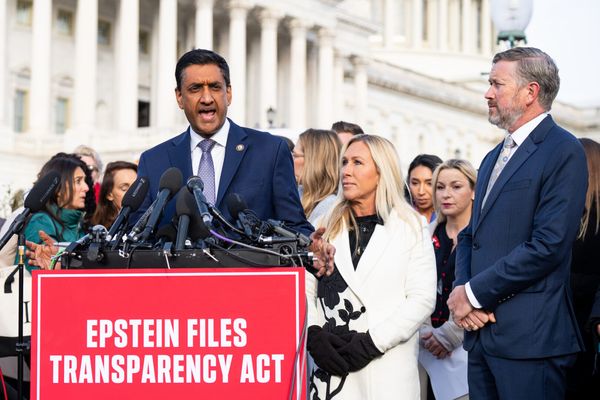
Australians are becoming more comfortable identifying as lesbian, gay or bisexual as advocates call on policy makers to use population data to improve services and accessibility.
Charles Darwin University researchers estimate Australia's LGBTQI population doubled between 2012 and 2020, increasing from 3.3 per cent to 5.8 per cent of adults over 15.
The data came from the HILDA longitudinal survey of 17,000 Australians, with responses from participants who identified as lesbian, gay, bisexual or another sexual identity.
The data was collected in 2012, 2016 and 2020.

During this time period there was a "burst of acceptance" of sexual minorities in Australia, particularly after the 2017 same-sex marriage vote, lead researcher Fiona Shalley told AAP.
"Being a minority sexual identity and engaging in that used to be criminal, but Australia has come a long way," she said.
"There was also stigma and discrimination associated with being a sexual minority, so a lot of people did not disclose their identity until more recently."
If the young adults who took part in the study maintained their sexual minority identities throughout their life, Australia's LGBTQI population could grow by about three per cent each year.
By the time the next data is updated from 2024, the population size could be about 1.7 million people, Ms Shalley said.

"If you think about the sexual revolution of the 1960s and 70s, it was in response to changes in behaviours and social attitudes," she said.
"This boom in population could also be in response to changing attitudes around sexual behaviours."
Eight years after the marriage equality debate, Australians had been sent a clear message that it's OK to be who you are, Equality Australia chief executive Anna Brown said.
"Increased social acceptance and greater visibility in the media, on our streets and in our families has ensured more people feel comfortable identifying as their true selves," she said.
While Australia's LGBTQI demographic has been a hidden group with little national data capturing the population, researchers hope to change that.

The Australian Bureau of Statistics in 2024 estimated 4.5 per cent - or about one in 20 - Australians aged 16 and over were LGBTQI+, based on combined data from multiple household surveys.
A new category of sexual orientation and gender will be included in the 2026 census questions for the first time.
"Population data tells service providers, health entities, government departments, bureaucrats, businesses and academics about our country's economic, social and cultural make-up," Ms Brown said.
"Governments and other service providers need reliable data to make decisions about our future, informing policy and service delivery on issues ranging from health to family support and even participation in sport."







